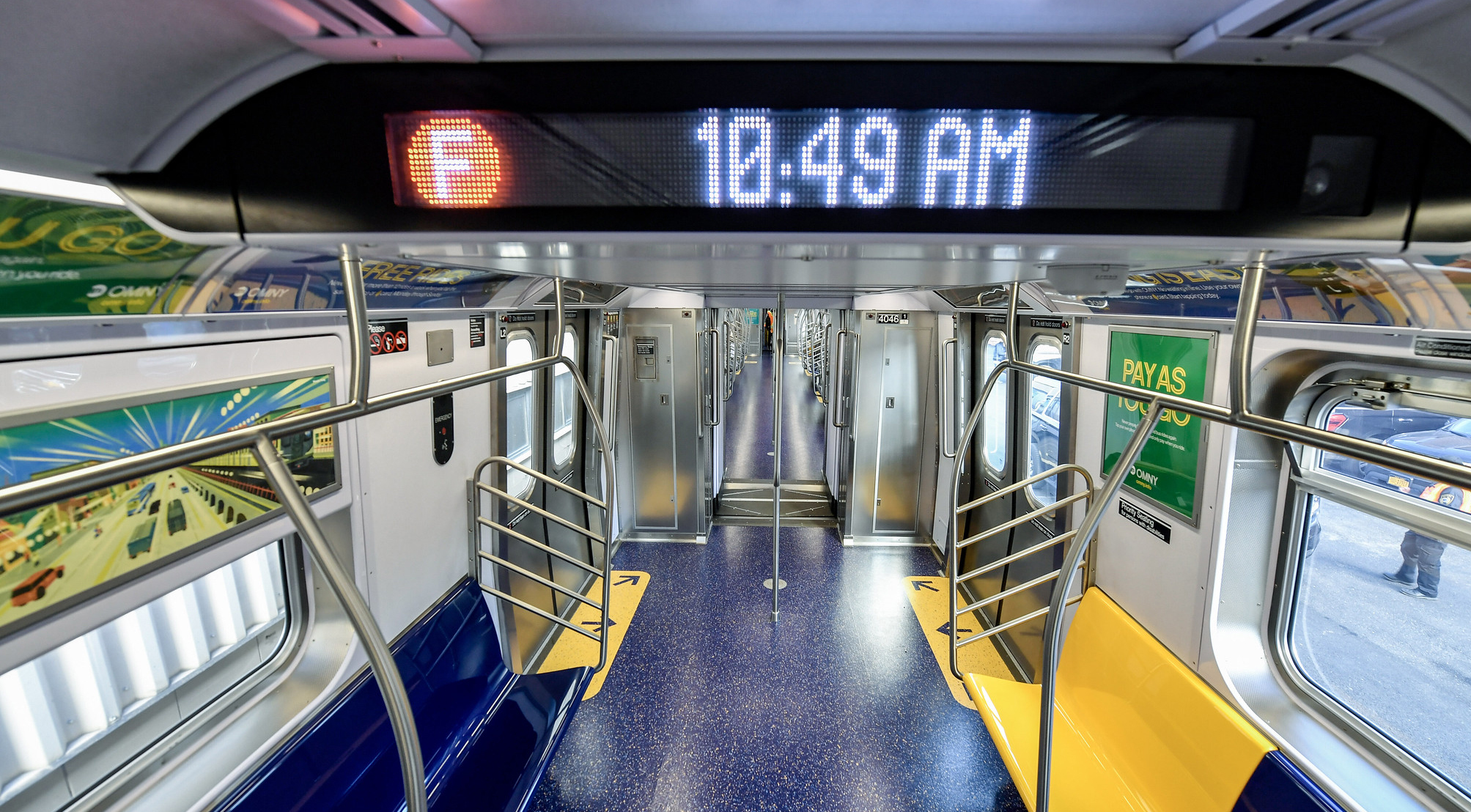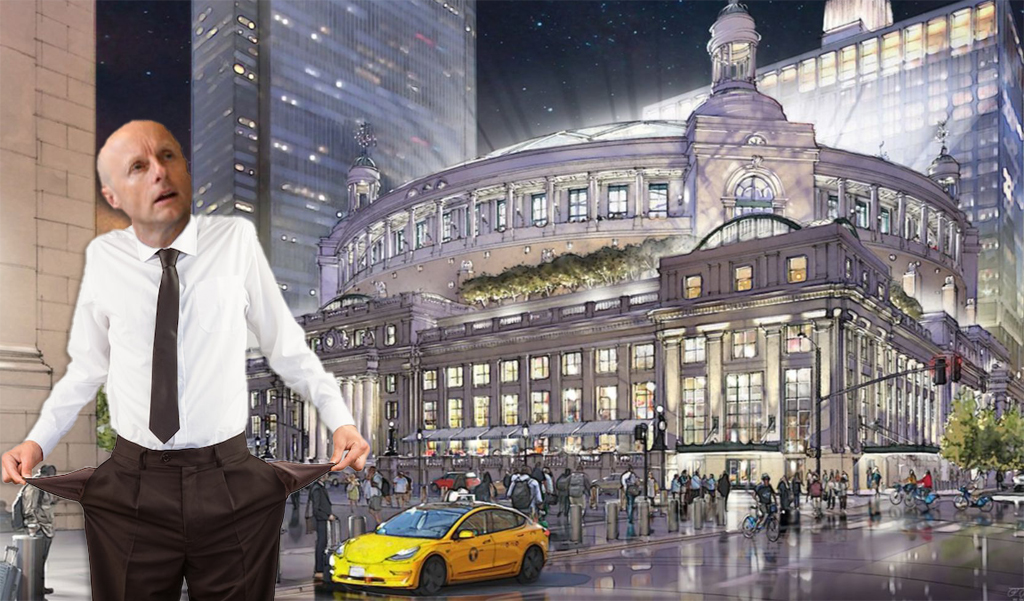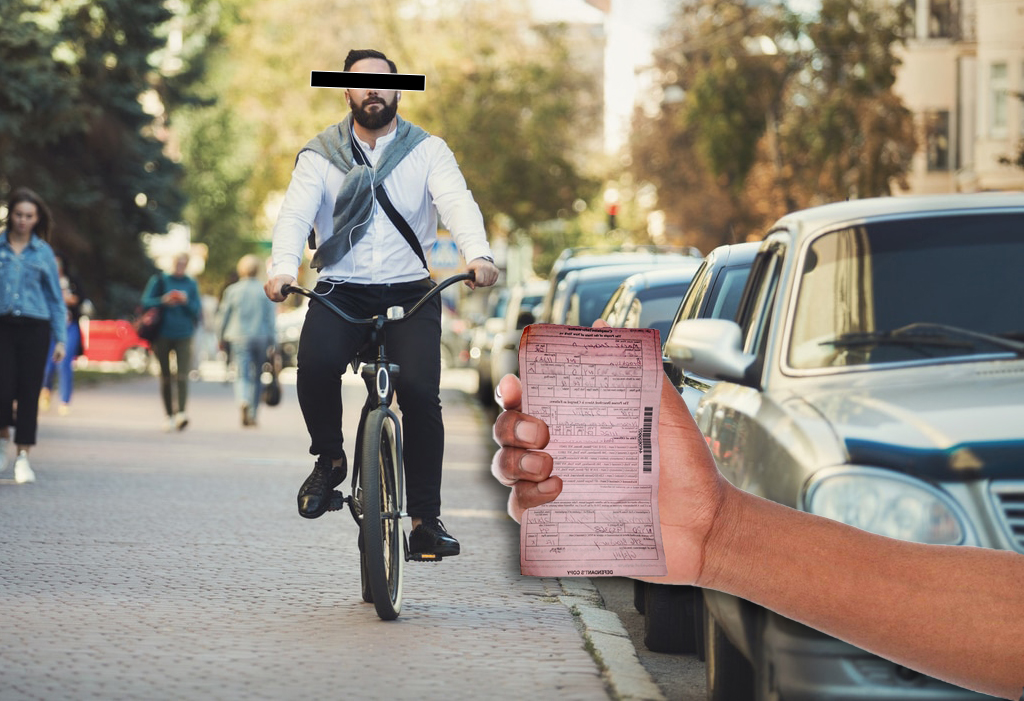No Tenth Avenue freeze-out here.
Foot traffic in Manhattan south of 60th Street stayed strong in February this year, outpacing last year's total visitors to lower Manhattan despite colder temperatures, according to data collected by the city — defying congestion pricing skeptics like President Trump and ex-Gov. Andrew Cuomo who have suggested the new toll would discourage people from coming into Manhattan.
Some 40.3 million people visited business improvement districts in the congestion relief zone south of 60th Street in February this year — up from 38 million in January and 40.2 million in February 2024, according to data collected by the New York City Economic Development Corporation, a city agency.
The .3 percent year-over-year increase in February is smaller than the 4.6 percent year-over-year increase from January 2024 to January 2025. But that's not particularly surprising: February 2025 was 3.3 degrees colder than the average February before a late warm snap brought it up to .8 degrees colder than average, while last February 2024 was 4.4 degrees warmer than the average February, according to the New York City Weather Archive blog.
Digging deeper, EDC found a dramatic increase in people going to work in the congestion relief zone this February compared to last. Some 1,620,470 daily workers visited lower Manhattan this February — a 6.7 percent increase year-over-year from 1,518,539 last year.
The increase in work-related trips to lower Manhattan flies in the face of alleged economic arguments floated by tolling opponents including Cuomo, who earlier this month called for the toll to be axed because, he argued, it could discourage people from coming into the Central Business District.
"If people say, 'Well, I'm just not driving in, and then I'm going to stay home, I'm going to work remotely,' that would be a negative," Cuomo said, according to Gothamist.
That hypothetical hasn't borne out in reality, however — as datapoint after datapoint has indicated since the toll launched in January.
On top of the foot traffic and commuter data reported by EDC, subway ridership is also up in the congestion relief zone. In fact, ridership grew more at subway stations south of 60th Street than the it did overall citywide. The vast majority of people who come into the congestion relief zone do so by mass transit — while the few that do drive now benefit from faster, less congested roads.
Other available data has indicated that, at least in its early days, congestion pricing has not sunk the Manhattan economy:
- Broadway shows continue to outpace attendance and gross compared to last year, up 18 percent and 16 percent respectively.
- Lower Manhattan retail sales were up almost a billion dollars compared to last year; customers continue to arrive at lower Manhattan shops on foot via public transit.
- Further buoying the case that congestion pricing has not been the disruptive economy-wrecker its opponents suggest, the toll is getting more popular even as the Trump administration demands the MTA end it.
All that data also flies in the face of president's claim that the toll is "destructive to New York." Speaking to the New York Post in February, Trump insisted traffic only dropped after the new toll began "because no one's coming to the city."
Trump's Federal Highway Administration has told the MTA to end the congestion pricing program by this Friday, March 21. However, on Tuesday, MTA Chairman and CEO Janno Lieber praised the initial results of the toll — and reiterated New York's position that the tolls will stay on unless a judge says otherwise.
"This program which has had such amazing benefits for New Yorkers; faster travel, cleaner air, fewer crashes, less honking, a better environment for all and great economic benefits, all that is going to continue," said Lieber.
"The program has been underway for 10 weeks and has been successful by every standard and it's the right thing for New York to continue it."






